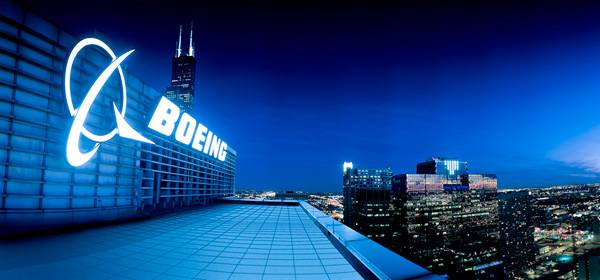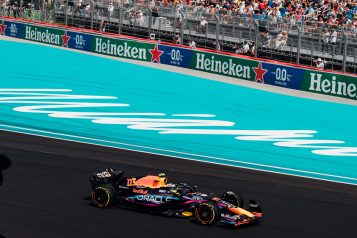With more than 170,000 employees around the world, Boeing is “the world’s leading aerospace company and the largest manufacturer of commercial jetliners and military aircraft combined.” The company is headquartered in Chicago (corporate office is at 100 North Riverside), which gives me free reign to talk about one of the most fascinating things to happen to commercial flight, the 787 Dreamliner.
The Dreamliner, which has been dubbed the “Aircraft of Legend,” is an all-new airplane design that has been equipped with breakthrough technologies. Boeing is promising that these new features will “significantly improve the air travel experience” by increasing efficiency and simplifying airplane ownership. This twin-engine jet airliner seats between 210 and 290 passengers and is said to be Boeing’s most fuel-efficient airliner. This promises to make Boeing billions of dollars, all while creating a better experience for both pilots and passengers.
Although the concept for the Dreamliner has been in the works for years (nearly a decade), it only entered commercial service last year. The 787 Dreamliner has a state of the art flight deck, with head up displays on clear screens, which allows pilots to see the necessary data while looking out the window. The rides will be smoother than what you are used to thanks to sensors that measure and instantly adjust to turbulence. That’s the main selling point for me because turbulence is my number one irritant when it comes to flying. The Dreamliner passed the stress test extremely easily; it can handle as many electronic gadgets as passengers can plug in.
This is actually great for all involved, Boeing, passengers, airlines and pilots. Don’t worry that you may not get to enjoy this new aircraft, airlines from around the world have been clamoring for the jet. Boeing has orders from Air Canada to Virgin Atlantic Airways, almost literally from A-Z. To learn more about Boeing or the 787 Dreamliner you can click here to view Boeing’s website.
Source: Boeing























